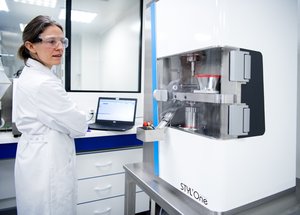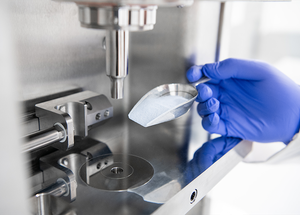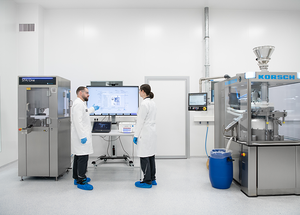Scientific papers
Despite the growing significance of mini-tablets for their advantages in pediatric formulations and modified-release applications, their widespread use is hindered by the limited knowledge of formulation and processing techniques required for developing such dosage forms. This study utilized common grades of microcrystalline cellulose and roller-compacted granules with various powder properties to assess the critical material characteristics necessary for the successful manufacturing of 1.7-mm mini-tablets.
The investigation revealed that blends with smaller particle sizes exhibited poor flow properties, which hindered consistent die filling and often led to tooling jamming and damage. While the granulation process effectively enhanced blend flow properties by increasing particle size, caution must be exercised to avoid excessively large particles that could impede flow by obstructing the space within the die. Successful compression of mini-tablets was achieved by either eliminating particles larger than approximately 1/3 of the die diameter or milling the granules using a screen smaller than 1/3 of the die diameter.
Comments
No comments posted yet.
Add a comment















